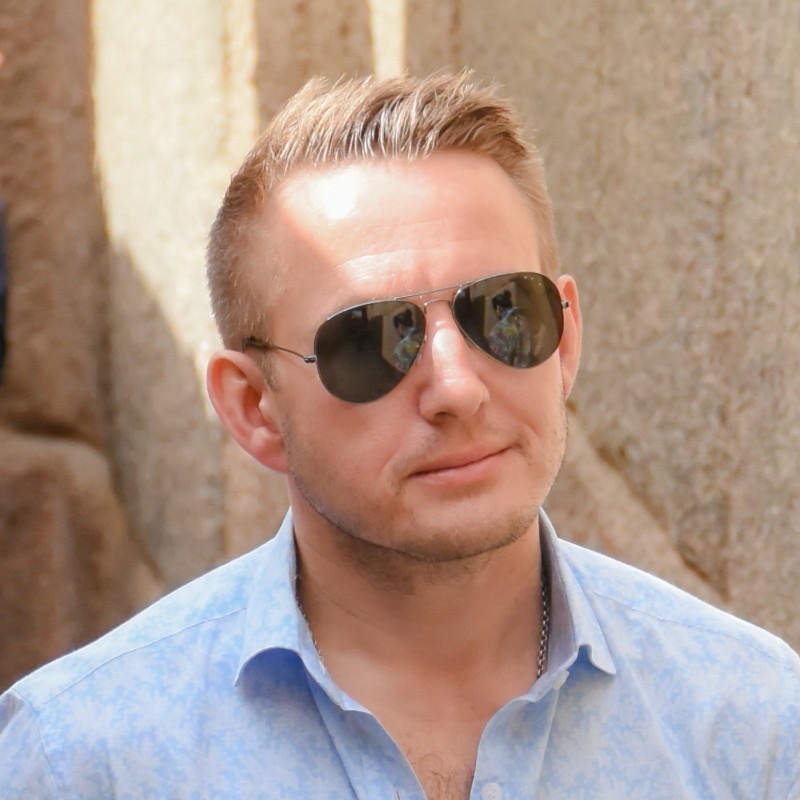Entrepreneur Case Studies
Bootstrapping with Services at the Cusp of AI and FinTech: Vahe Andonians, Founder of Cognaize (Part 4)
Sramana Mitra: Interesting. You’re doing almost like an AI fintech incubator where you’re doing services projects for large companies. Those are exclusive. The datasets are on their premises. You’re not touching them, but you’re building the models for them. Then you’re taking the knowledge and turning them into SaaS that you take to the midmarket.
Vahe Andonians: It is correct, but not that we’re learning from the data and selling that. We develop our platform and we sell it.
>>>Bootstrapping with Services at the Cusp of AI and FinTech: Vahe Andonians, Founder of Cognaize (Part 3)
Sramana Mitra: Now we’re in 2017?
Vahe Andonians: 2018.
Sramana Mitra: What problem were you going to solve next?
Vahe Andonians: It all started with Moody’s. They approached me with a problem. The problem was extracting financial PDF. They had identified this as a pain point of the market. They had just created a unit called Moody’s Accelerator which was trying new ideas and products. They approached me along with others and asked us if we can automate it.
>>>Bootstrapping with Services at the Cusp of AI and FinTech: Vahe Andonians, Founder of Cognaize (Part 2)
Sramana Mitra: What revenue level did you reach with this?
Vahe Andonians: About $8 million. It was difficult. The 2009 to 2012 period was a difficult time for the area we were operating in.
Sramana Mitra: Your clients were the banks and financial service institutions?
>>>Bootstrapping with Services at the Cusp of AI and FinTech: Vahe Andonians, Founder of Cognaize (Part 1)

In this case study, you will hear Vahe talk a lot about bootstrapping – bootstrapping to exit, bootstrapping with services, so on. You will also learn a nifty way of building domain knowledge on top of horizontal AI expertise. This is a valuable and extremely interesting way of building AI companies for entrepreneurs to consider.
>>>Digital Nomad Building a $5M+ E-Commerce Business: IntelligentLabs CEO Rus Hughes (Part 4)
Sramana Mitra: The bulk of the business is based on doctor recommendations?
Rus Hughes: I would say word of mouth. When we started, it was heavily weighted to doctors. Brand reputation is the crux of the business. More and more brands are doing it now. When we started in 2014, there was a scandal with a few of the larger brands in America. All of the supplements they were selling had to be pulled off from the shelves.
>>>Digital Nomad Building a $5M+ E-Commerce Business: IntelligentLabs CEO Rus Hughes (Part 3)
Sramana Mitra: How long did it take you to get to a million dollars in revenue?
Rus Hughes: Two and a half years.
Sramana Mitra: What was your inventory strategy during this period? Did you have to finance inventory?
Rus Hughes: We were doing it organically. I kept my cost of living super low. We didn’t take money from the company until 2017.
>>>Digital Nomad Building a $5M+ E-Commerce Business: IntelligentLabs CEO Rus Hughes (Part 2)
Sramana Mitra: Who was this business partner? How did you become business partners?
Rus Hughes: I knew him when I was living in Brighton. He discovered a business model of how to market products online. He wasn’t sure what product to market. Given that we were both into health and fitness, we thought we’d start a supplement brand to launch supplements for athletes and weightlifters.
Sramana Mitra: What happens next? What form does this take?
>>>Digital Nomad Building a $5M+ E-Commerce Business: IntelligentLabs CEO Rus Hughes (Part 1)

Rus lives the life of a digital nomad. He started life as a techie, and with a very small team and a cofounder, has built a $5M+ niche e-commerce business selling supplements. Excellent story full of lessons and nuances.
Sramana Mitra: Let’s start at the very beginning of your journey. Tell me about where you grew up. What is the beginning of the story?
>>>